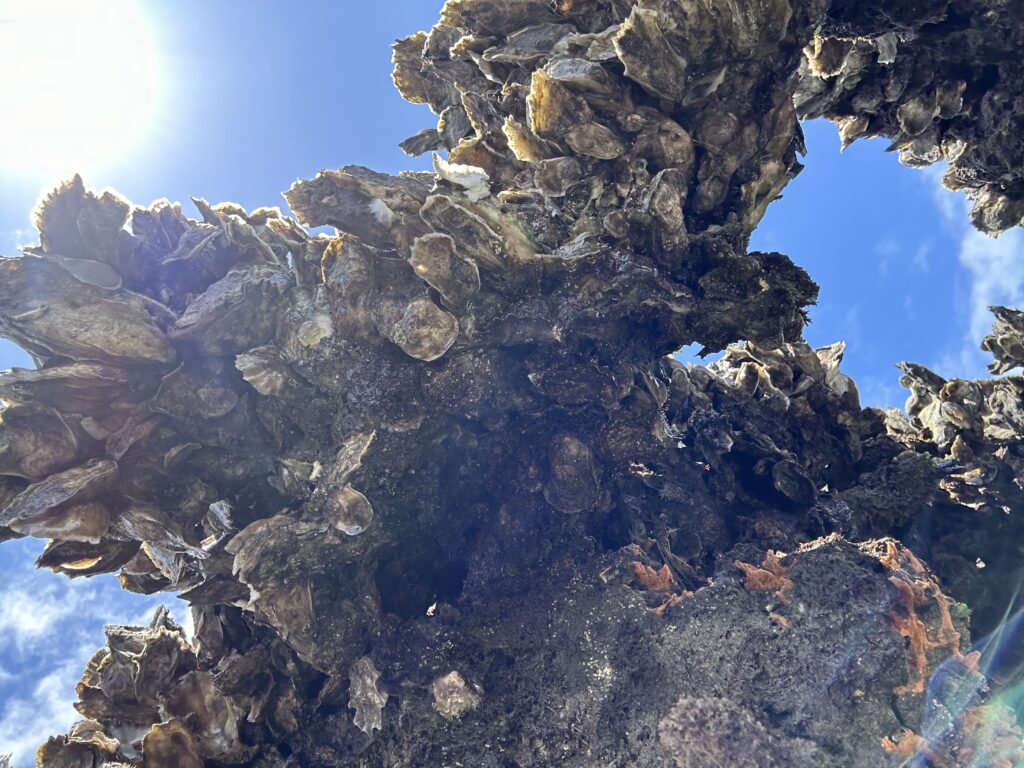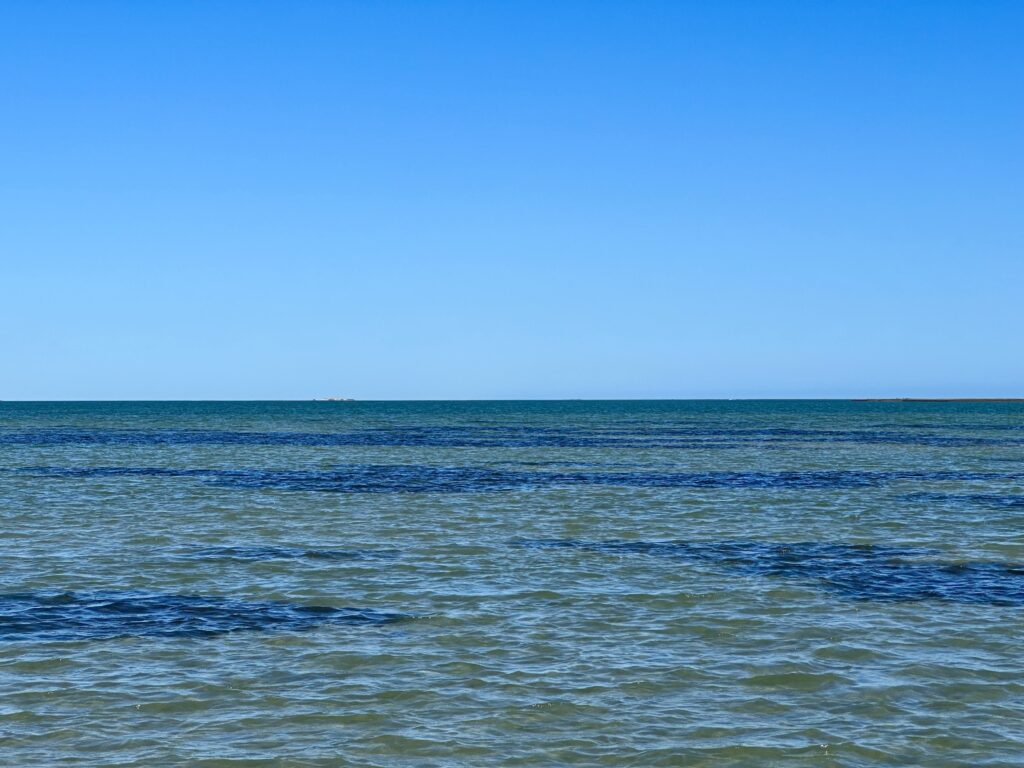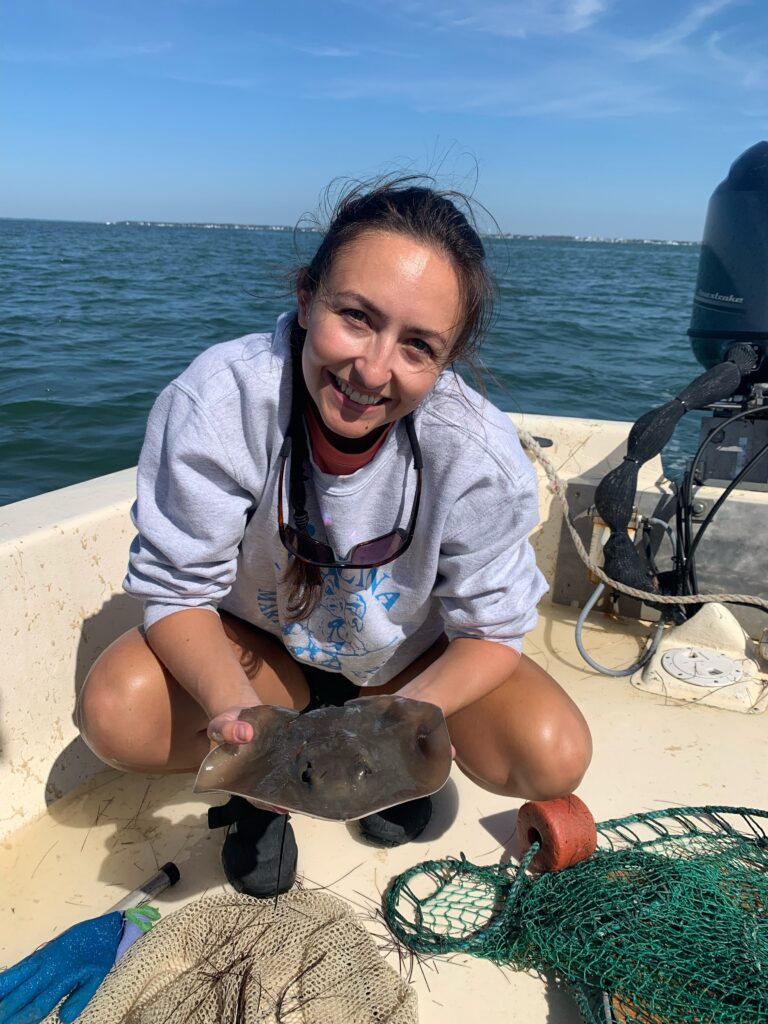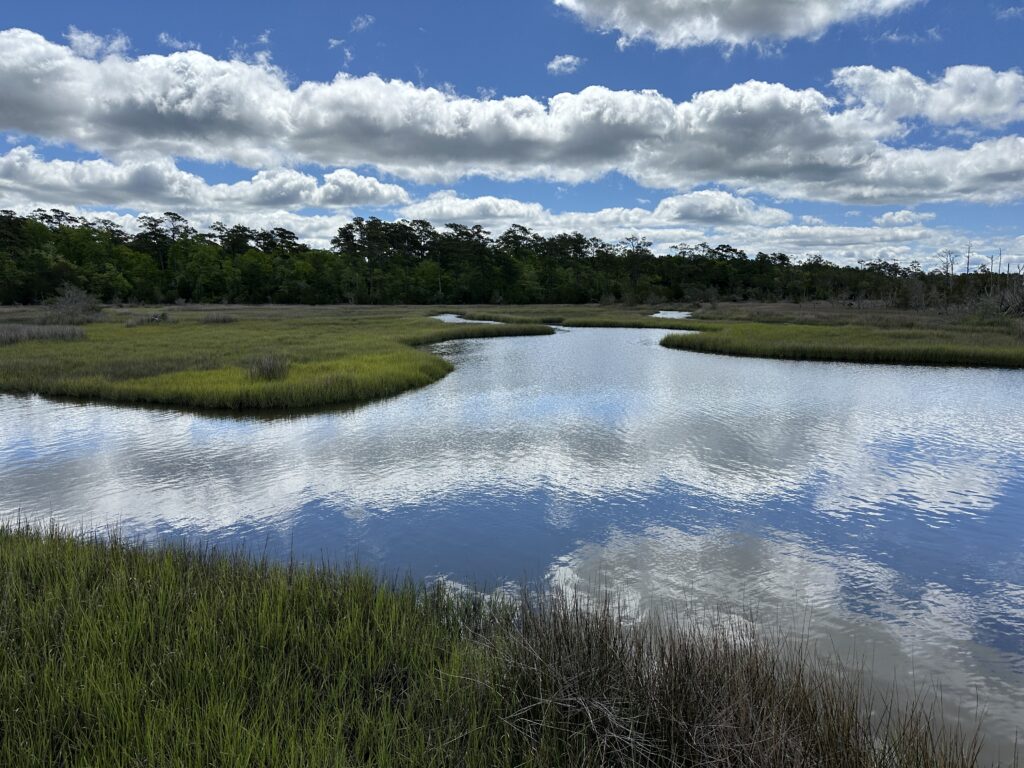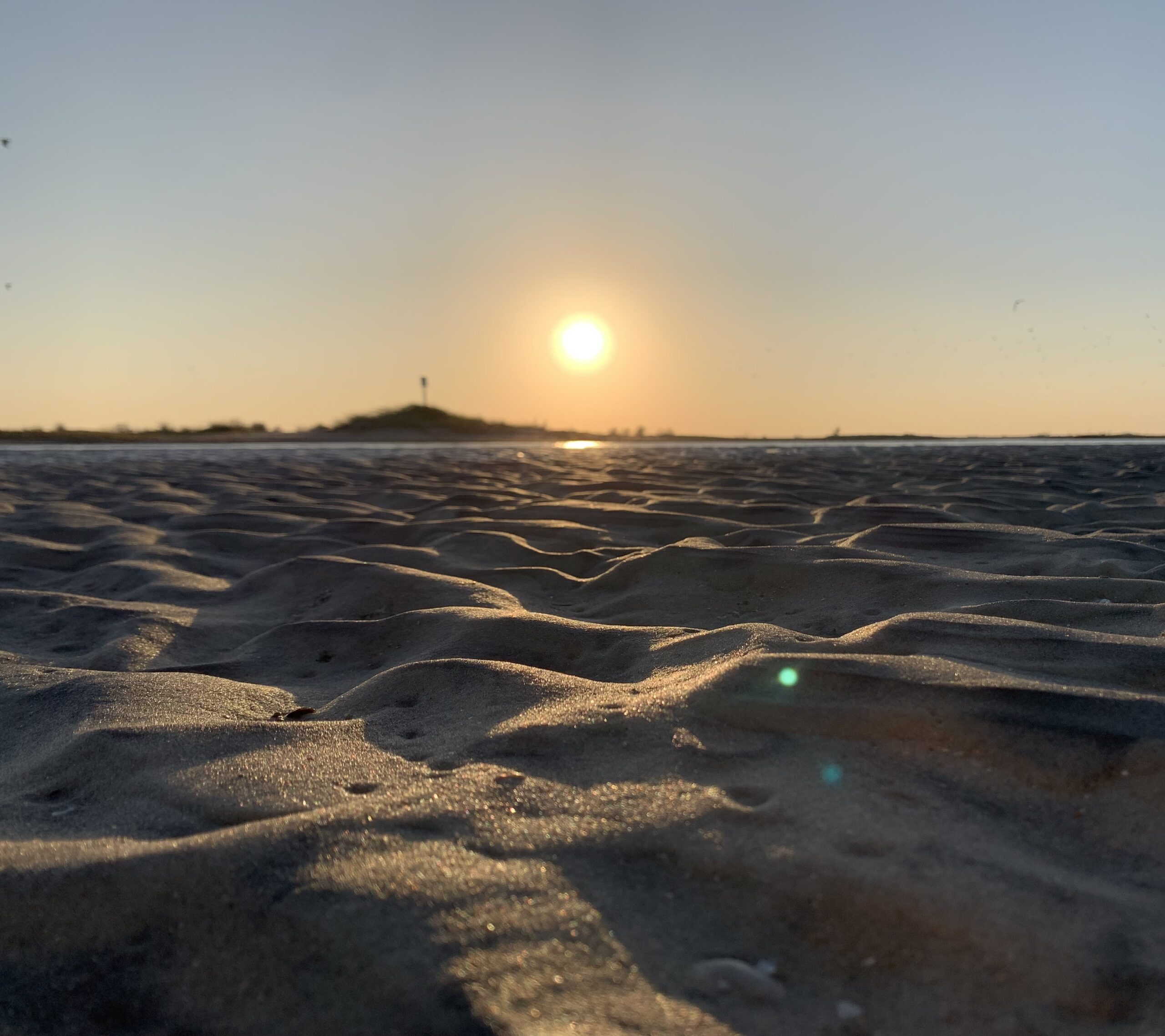
Intertidal Landscape Dynamics
In the Fodrie Lab at UNC-CH’s Institute of Marine Sciences, my dissertation work focuses on applying landscape ecology principles to intertidal areas, specifically how reefs (both natural and artificial) can influence access of juvenile invertebrates and large-bodied marine fauna into and out of critical near-shore areas
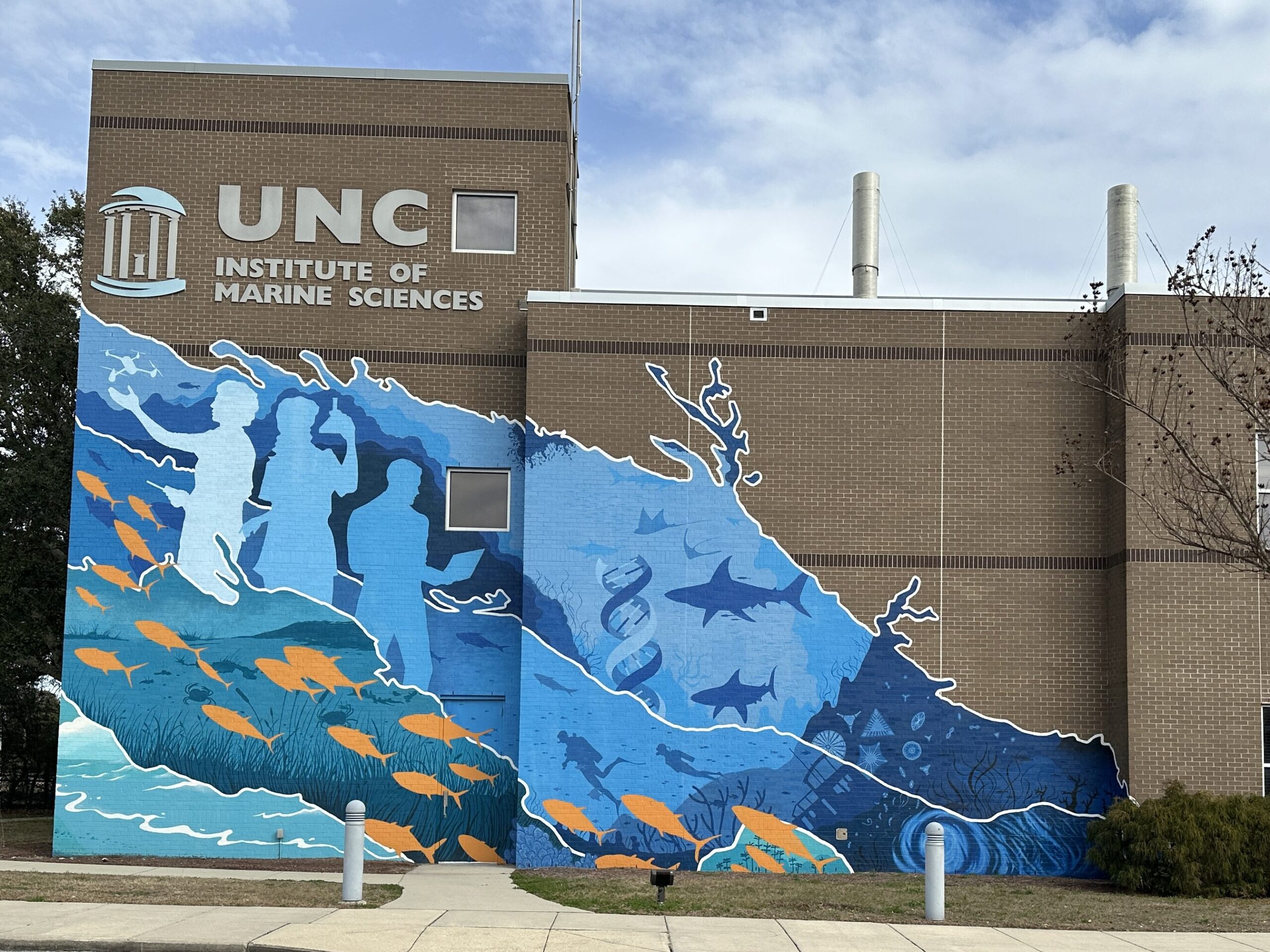
Intertidal Nurseries
Nurseries are where juvenile marine animals live before entering adult habitats. They are typically coastal habitats like marshes and seagrass beds but can also be unvegetated habitats like reefs and flats. Nurseries offer protection from predators and supply the juveniles with plenty of food. Since nurseries are on coastal areas, they are at risk of sea-level rise, rising temperatures, and coastal development by people, which can destroy habitats and add pollutants into the water. Without nurseries, there is no recruitment into adult populations, which means less adults and then less juveniles later on.
One of my projects looks at the nurseries of the Atlantic horseshoe crab (Limulus polyphemus) here in NC. Horseshoe crab nurseries are intertidal sandflats (i.e., sandy areas close to shore that are exposed during low tide but covered during high tide). Though sandflats don’t look like typical nurseries, they’re perfect for horseshoe crabs, which burrow in the sand. Once the juveniles are big enough, they’ll move into deeper, off-shore waters until they to return to beaches for spawning.
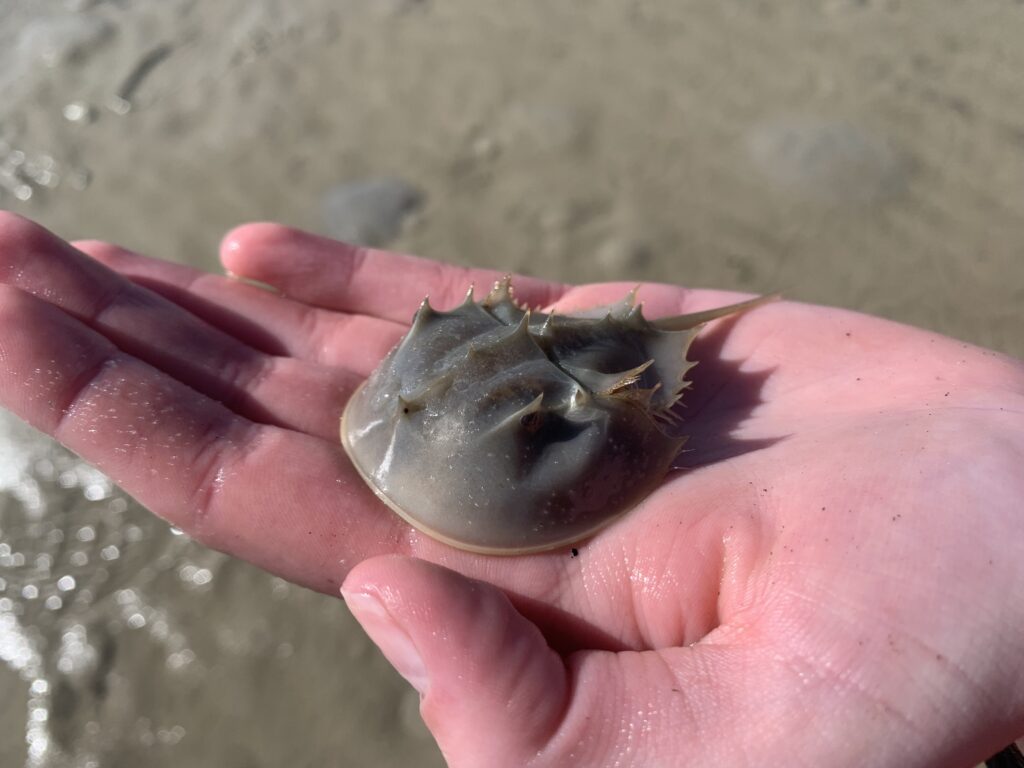
Incorporating “seascape ecology”
Seascape ecology is the study of how neighboring marine habitats affect each other. On land, this is called landscape ecology. In this field, instead of considering only a single habitat, like an oyster reef, seagrass bed, or saltmarsh, we consider the broader landscape. Seascape ecology is all about spatial patterning, scale (spatial and temporal), and ecological processes.
I hypothesize that when there are structured habitats (like oyster reefs) seaward/in front of sand flat nurseries, juvenile horseshoe crabs grow faster, survive better, and are found in higher densities. Oyster reefs may prevent aquatic predators like stingrays from coming into the nursery while lowering wave action (which means that juveniles are less likely to be washed up on shore or pulled form the nursery). I also predict that reefs prevent juveniles from moving outside the safety of the sandflat.
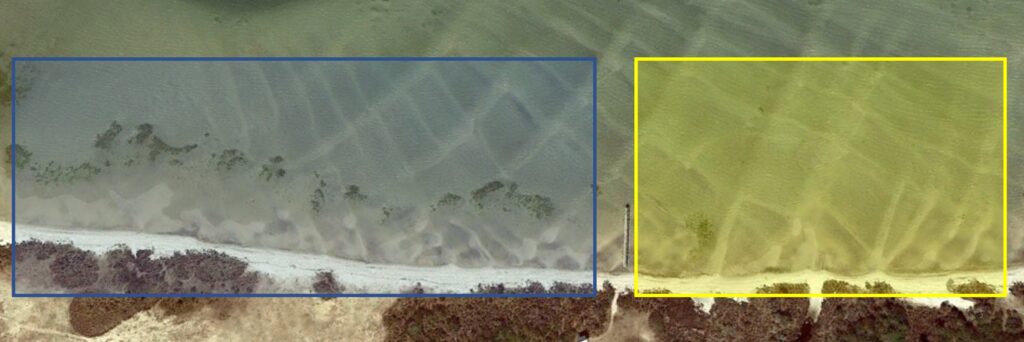
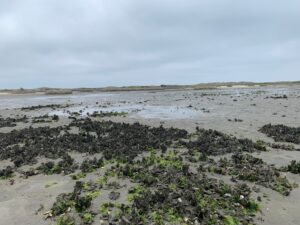
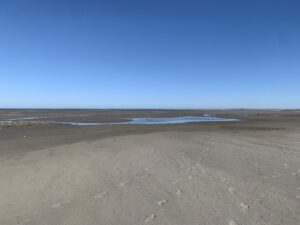
I presented on this research at the 2024 Benthic Ecology Meeting in Charleston, NC and will present again after completing more experiments at the 2024 NC Seagrant Coastal Conference in New Bern, NC.
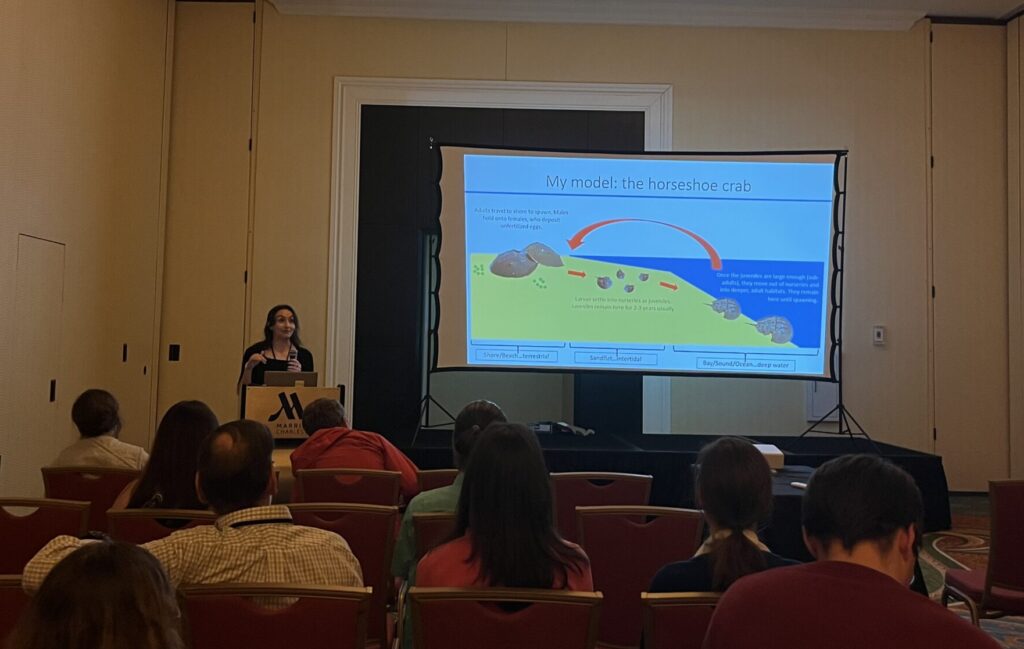
Intertidal Oyster Reefs on Clam Survival
While surveying the sand flats described, I found that densities of Mercenaria mercenaria (an economically, culturally, and ecologically important clam species here in NC) were significantly greater landward of intertidal oyster reefs. Densities of these clams dropped off to nearly 0 just within 15m seaward of these reefs and were similarly low at control sites.
An upcoming experiment Summer and Fall 2024 will attempt to reveal whether predation on juvenile and adult clams is lower landward of these natural reefs, building off of the hypotheses originally established in my nursery project that oyster reefs may protect communities past their physical borders.
Living Shoreline Impacts
Living shorelines are structures used to mitigate against coastal erosion and sea level rise. These structures utilize natural materials (e.g., oyster shell, tree logs, saltmarsh grass, etc.) alone or in conjunction with more traditional materials such as concrete to buffer coastal communities. Living shorelines offer an alternative to “hardened” shorelines that use bulkheads and seawalls, which combat erosion but at the cost of local biodiversity. Living shorelines can be built directly against eroded shorelines (i.e., revetments) or slightly offshore (i.e., sills) depending on the construction materials and how energetic the environment is.
The projects described below will directly impact current living shoreline permitting and construction regulations in the state of NC.
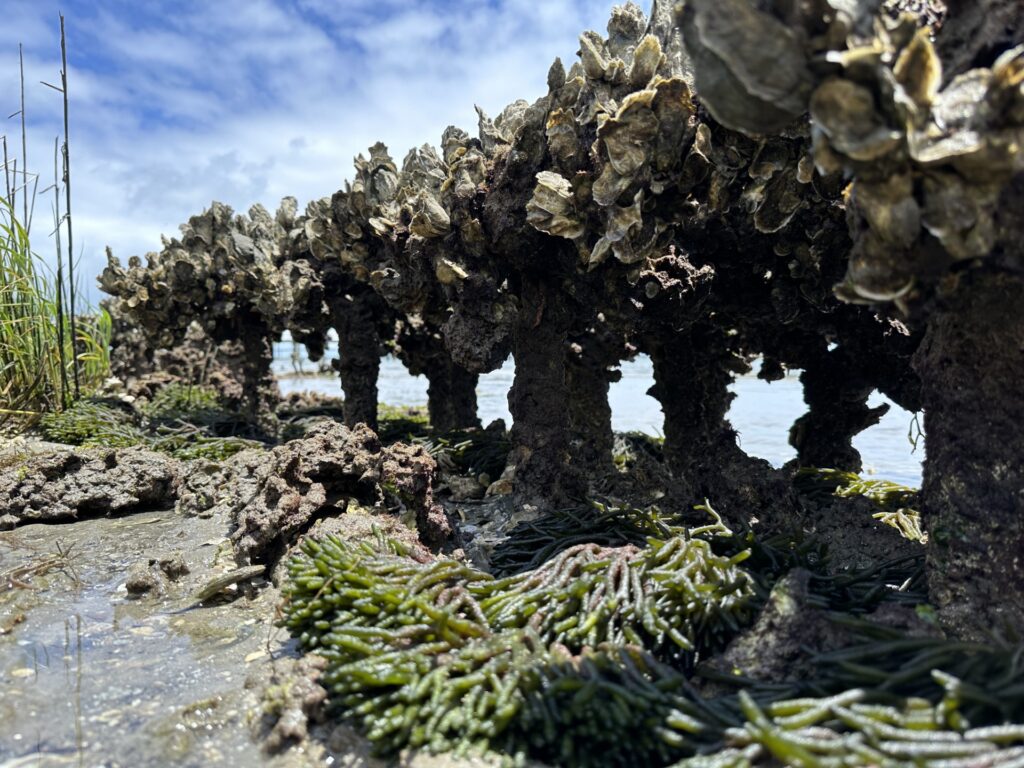
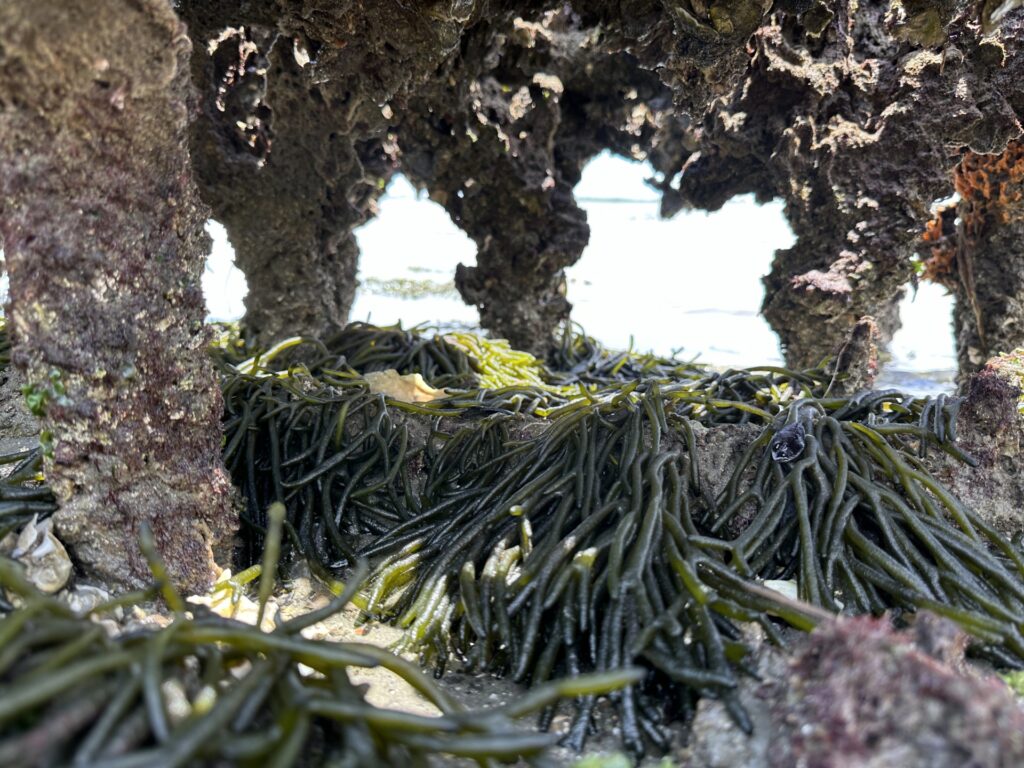
Impacts on Predator Movement
Current permitting in NC requires that for every 100ft of structure put in place as part of a living shoreline sills, there must be a 10ft gap to allow water and animal flow into and out of landward intertidal areas. However, there is limited scientific data supporting these regulations, meaning these gaps could be ineffective in promoting connectivity between shallow, intertidal habitats and deeper subtidal ones. Living shorelines have evidence supporting their ability to act as nurseries, but do they still maintain adult animal movement into and out of intertidal habitats? I am particularly interested in focusing on predatory crabs and fishes such as red drum, spotted seatrout, sting rays, etc. that forage in intertidal habitats during high tide.
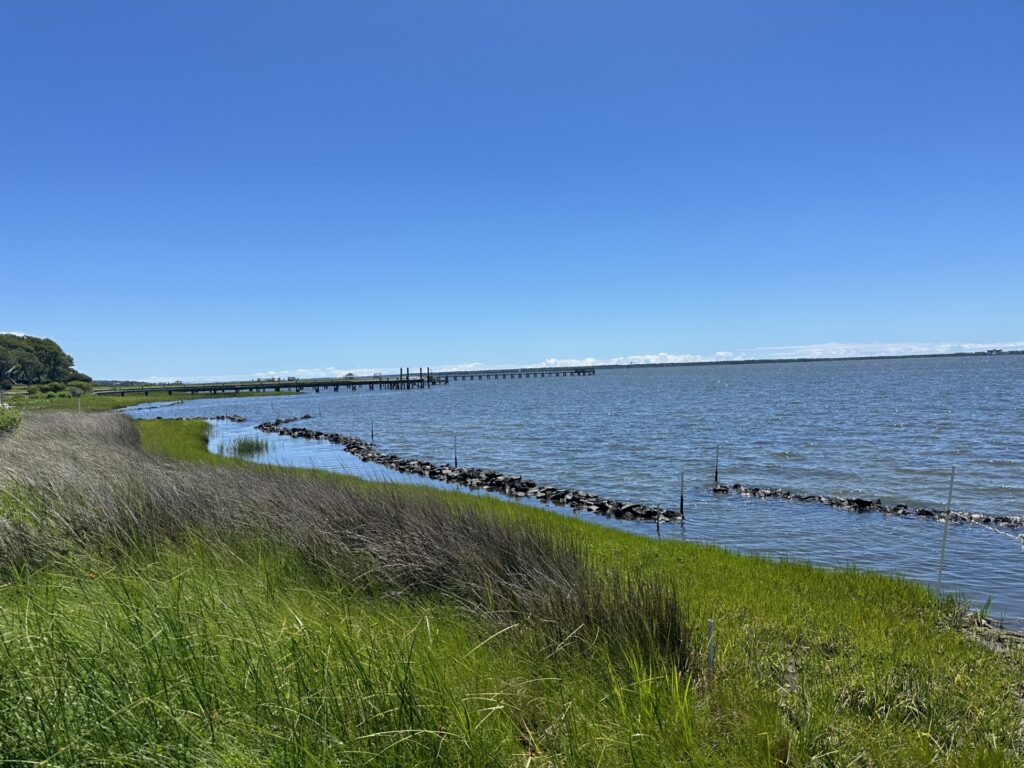
Using acoustic telemetry landward and seaward of living shoreline sills, I will be able to track tagged marine predators and their ability to use sill gaps as movement corridors to access critical foraging habitat at high tide and to escape the intertidal as the tide falls. I will also be conducting general surveys with gill nets at living shoreline sites and unaltered shorelines to determine overall predator diversity and utilization of these different shoreline-types.
Impacts on Seagrass
In an attempt to mitigate impacts on vulnerable seagrass beds here in NC, living shoreline construction in prohibited within 30ft of seagrass habitat, but, once again, this buffer zone size has limited scientific support. To understand the presence of any negative impacts on seagrass, I am currently using a combination of aerial imagery and in situ seagrass surveying that has taken place over the last few years in NC near shorelines with recent and long-established living shorelines. The hope is to determine any short-term vs long-term impacts on seagrass as a result of living shoreline construction and whether these impacts (if there are any) are similar to changes in seagrass beds found near unaltered shorelines.
